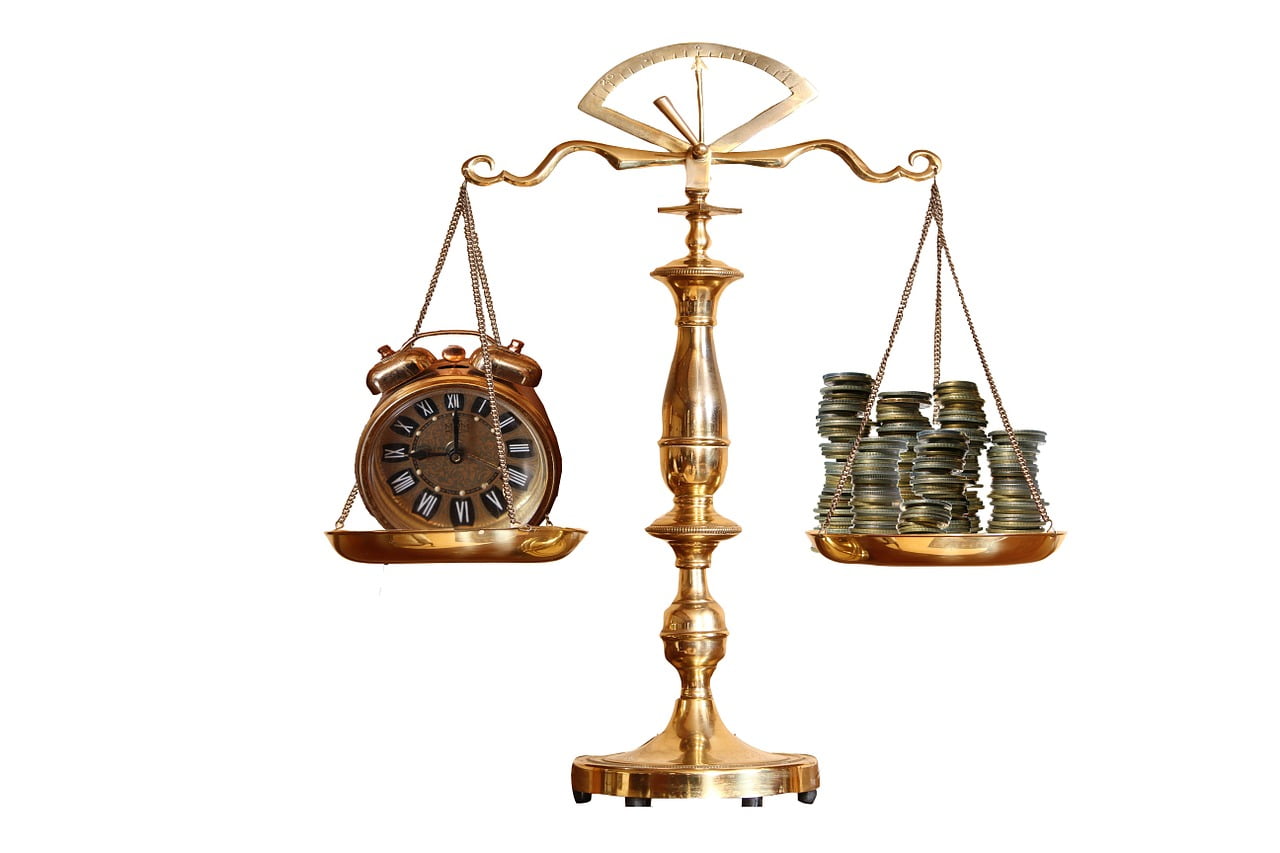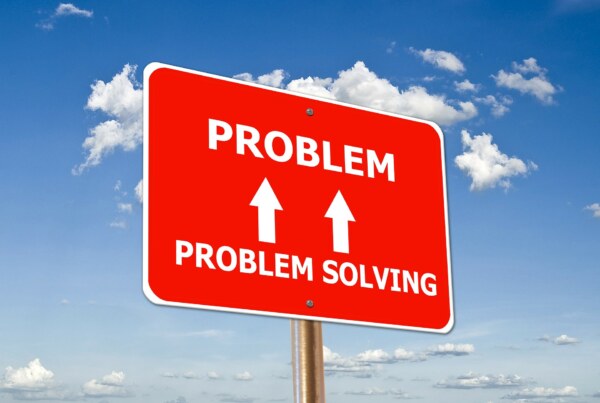In today’s world with a tough economy made worse by the Covid-19 pandemic, being an entrepreneur comes with huge challenges – it is certainly not for the faint-hearted. As a supply chain and business advisor, I often find that entrepreneurs generally rank high on technical knowledge and skills, however they tend to be weak on the business and financial management aspects. Therefore, I thought it would be a good idea to explain the concept of Gross Profit (GP) and Nett Profit (NP) in this article. Simplistically, profit is the amount of money a business makes. To understand your business and drive improvements, you need to understand the two types of profits your business makes (GP and NP). I will also explain why understanding these basic concepts can lead to focusing on supply chain improvements and reducing costs. In the current climate one cannot argue that cash in your pocket cannot be disputed and will go a long way towards surviving in the current economic climate.
The Gross Profit equation
A common focus (which some might argue is a mistake) is to focus on sales revenue. In other words: “sell as much as possible and keep the order book healthy”. Understanding how revenue and gross profit fit together will help you decide what the drivers of the equation are. The equation for gross profit is simply:
Gross Profit = Revenue – Direct Costs
Revenue is the total income we make based on what we have sold (units sold × selling price). Direct costs or cost of goods sold are typically the cost associated with the direct production of the product or service. These would include items like the cost of the raw materials and packaging materials used as well as factory labour. It excludes indirect costs such as sales and marketing, warehouse and distribution, etc. As you would observe, an increase or decrease in direct costs would have a direct impact on gross profit. Therefore, if you have a factory and your material wastage increases by 10%, this will directly result in a reduction in GP. On the opposite side of the equation, any action taken to reduce direct costs would result in an increase in GP.
I would strongly suggest you do some research on lean thinking which would be useful in identifying and removing/reducing waste within your organisation.
The Nett Profit equation
Gross profit only considers direct costs, however we know that there is more to running a business than just direct costs (factory costs). The nett profit equation shown below takes into consideration all other costs (indirect) in the business:
Nett Profit before tax = Gross Profit – All other costs
Some of the costs that would fall under the category of ‘all other costs’ are:
- Rent
- Utilities
- Office supplies
- Advertising
- Marketing
- Printing and stationery
- Legal fees
- HR costs
- Insurance
A positive nett profit tells you that your business is making money. It tells your investors that you are worth investing in and is looked upon favourably.
Summary of Gross Profit versus Nett Profit
Gross profit is what you have left after you subtract the direct costs incurred of manufacturing a product from the revenue or sales income. Nett profit is what you have left after you subtract all other allowable expenses. As you probably gathered, the higher the numbers (GP and NP), the better the business (ie. more profitability). Both of these profit metrics are interdependent and hence getting it accurate is important. Not just for the purpose of satisfying accounting principles but to also help you complete a proper loss and waste analysis. This than gets you comparing your profits across different periods and focusing on improvement opportunities. Remember, it is not only about driving sales. Businesses sell products and services to generate revenue and if done properly or optimally they make money (profits). Anything less will result in your business going into a downward spiral.
Conclusion
The long and short of it is that nett profit tells you how healthy your business is and the available cash. Investors are most interested in nett profit. Gross profit tend to tell you what you are spending in manufacturing for your product or service. An understanding of both coupled with the application of lean thinking, tools and methodologies will help you optimize your business’s financial health. Remember, in these trying times, only the fit will survive, so I urge you to look at ways to make your business lean.
Author
Dr Kenneth Moodley is an experienced supply chain and business professional with over 25 years’ experience. He has a demonstrated history of working with both big corporates (example: Unilever & The South African Breweries) and SMME’s (Productivity SA) in various industry sectors as a senior Supply Chain Specialist, Leader and Business Coach. In addition to his supply chain experience, he is a skilled business turnaround strategist and is a registered senior business rescue practitioner.






This is a great summary… Really helped me understand the difference between the both GP /NP
All the best to you in the near future
Regards
Omesh
0609915351
Thanks Omesh. Your feedback is appreciated.
It is also such a powerful KPI which can be used to optimise and reduce costs.
All the best and thanks again